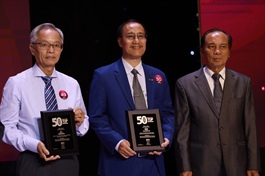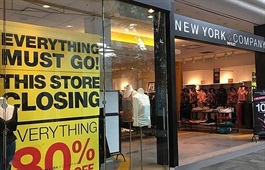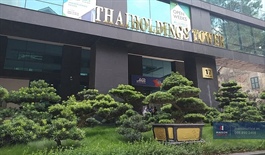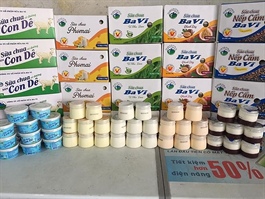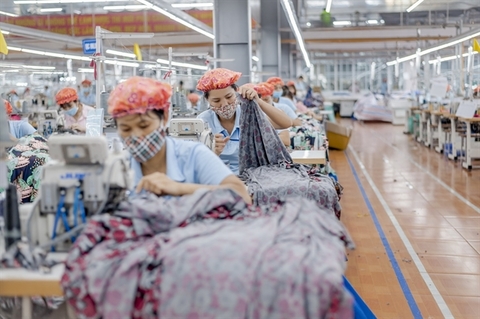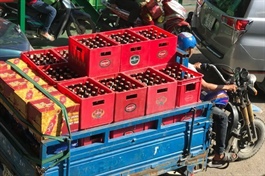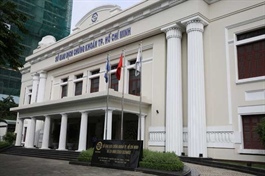Rubber companies report lower earnings amid falling rubber prices
Rubber companies report lower earnings amid falling rubber prices
Rubber producers reported poor second-quarter business results due to decreasing rubber prices, eyeing industrial zone development.
Since the beginning of this year to mid-April, natural rubber prices have dropped sharply, then maintained at low price areas so far.
In the second quarter of 2020, the price of world natural rubber on the Tokyo Commodities Exchange fluctuated between 130-145 Japanese yen (US$1.31-1.35) per kilo. While in the same period of 2019, the product was traded at 175-240 Japanese yen per kilo.
The prices of natural rubber are much affected by the prices of artificial rubber, which is produced from petrochemical refining, thus its prices are closely mimicked with oil prices. When oil prices fall, artificial rubber is produced at lower prices and vice versa.
Oil prices have shown signs of recovery since its low peak in mid-April 2020, but due to weak demand, US crude West Texas Intermediate (WTI) and Brent Crude are only traded at around $40-$43 per barrel.
If the global economy continues to operate under current capacity as influenced by the COVID-19 pandemic, it will be difficult for oil demand to recover as previously.
Poor Q2 results
Phuoc Hoa Rubber JSC (PHR) announced revenue of VND256.88 billion (US$11 million) in the first half of this year, post-tax profit of VND395 billion, down by 26.56 per cent and 250.63 per cent year-on-year, respectively.
Tay Ninh Rubber JSC (TRC) reported revenue of VND61.5 billion in Q2, post-tax profit of VND16.7 billion, up 1.3 per cent and down 43.36 per cent year-on-year, respectively.
In the first six months, the company earned total revenue of VND113.7 billion, post-tax profit of VND37 billion, down by 13.53 per cent and up by 10.81 per cent compared to the first six months of 2019.
In the first quarter, TRC recorded a surge in revenue from the liquidation of rubber trees, while in the second quarter there was no revenue from this activity.
Shifting to industrial land
Confronting falling rubber prices, companies are shifting from rubber plantations to develop industrial zones as they eye capturing opportunities from global value chains.
Phuoc Hoa Rubber Company has got the Prime Minister’s approval to convert its 345ha of rubber land in Tan Uyen District, Binh Duong Province, to develop the Nam Tan Uyen Industrial Zone’s expansion project.
At the annual shareholders’ meeting in 2019, Phuoc Hoa also announced its plan to transfer 691ha to Vietnam Singapore Industrial Park Company Ltd (VSIP) to develop VSIP No 3.
Dong Nai Rubber Corporation recently asked the provincial People’s Committee’s permission for the conversion of land use purpose of 18,000 out of 37,000ha of rubber land the company was currently managing.
Under the company’s proposal, 5,000ha of land would be used to develop industrial zones and clusters in Thong Nhat, Long Khanh, Cam My and Long Thanh districts. The rest would be used for developing high-tech agriculture and urban areas.
Vietnam Rubber Group (VRG), which manages around 400,000ha of rubber land, has invested in 12 companies which operate 16 industrial zones with a total area of more than 6,500ha.
According to BIDV Securities Company, the industrial property market would be spurred from next year by the approval of free trade agreements (FTAs), especially the European Union – Viet Nam FTA (EVFTA) – the trade deal with commitments about improving institutions and business climate to make Viet Nam more attractive to investors.
The COVID-19 pandemic was accelerating the transformation of global value chains, during which Viet Nam could emerge as a centre for investment inflow, the company said.






